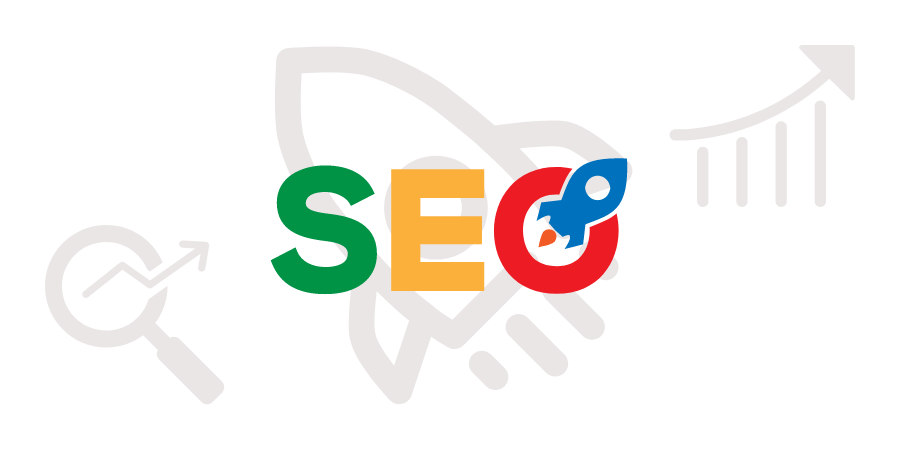Comprehending the Function of User Experience in Modern Search Engine Optimization Practices
In an era where electronic existence can make or break a service, understanding the junction between individual experience (UX) and modern-day search engine optimization techniques is more critical than ever. As search engines advance, they progressively prioritize websites that use seamless, interesting experiences to users. Elements such as site rate, mobile-friendliness, and user-friendly navigating are no much longer plain improvements; they are pivotal to search engine optimization success. Yet, how do these aspects exactly affect search rankings? And just how can services ensure their electronic content not just satisfies but exceeds advancing expectations? These concerns form the foundation of a vital conversation.
The Evolution of SEO
Over the years, the landscape of search engine optimization (SEO) has actually gone through substantial change, mirroring the dynamic nature of digital innovation and customer actions. At first, SEO was largely regarding keyword stuffing and link-building strategies, concentrating greatly on manipulating search engine algorithms to improve web site rankings. As search engines ended up being much more innovative, these strategies started to lose effectiveness and significance.

Additionally, mobile optimization and voice search have become essential parts of SEO approaches. With the proliferation of mobile phones, making certain web sites are mobile-friendly has actually ended up being a need. Voice search, driven by digital assistants like Siri and Alexa, has actually better shifted search engine optimization methods towards all-natural language handling and conversational content.
Fundamentally, the advancement of search engine optimization reflects a broader pattern in the direction of enhancing individual satisfaction by aligning digital content with the nuanced assumptions of modern users.
Trick UX Components in Search Engine Optimization
In the world of search engine optimization, key customer experience (UX) components are essential for improving both individual complete satisfaction and search engine rankings. Internet sites enhanced for mobile use not just cultivate a smooth customer experience yet likewise straighten with Google's mobile-first indexing strategy.
Clear call-to-action (CTA) buttons assist customers towards wanted activities, boosting conversion rates. Accessibility can not be ignored; ensuring that web content is accessible to customers with specials needs broadens reach and complies with internet requirements. Incorporating these UX components efficiently supports SEO initiatives by advertising individual retention and promoting search engine understanding of website content.
Impact of Website Rate
While often ignored, the effect of site speed on user experience and SEO can not be overstated. In today's fast-paced electronic setting, users expect web sites to pack swiftly and efficiently. Google has actually identified this demand, incorporating website rate as an essential ranking element in its search formulas. A slow-loading internet site can bring about raised bounce prices, as individuals are likely to desert a website if it takes even more than a few secs to tons. As a result, this not just affects individual interaction however likewise decreases the website's exposure in internet search engine results web pages (SERPs)
Additionally, site rate straight affects conversion prices and individual complete satisfaction. By dealing with these technological elements, websites can improve their speed, thereby enhancing individual experience and improving their Search engine optimization efficiency. Inevitably, investing in site speed is investing in both consumer complete satisfaction and search engine exposure, essential aspects in the digital marketplace.
Mobile-Friendliness Value
Adapting to mobile-friendliness has actually come to be an essential component of reliable search engine optimization techniques. As smart phones significantly control net use, online search engine like Google have shifted in the direction of mobile-first indexing, meaning the mobile variation of an internet site is prioritized in ranking formulas (seo adelaide). Mobile-friendliness is not merely More about the author a fad but a necessity in enhancing a site's online search engine performance

As individuals often browse for neighborhood information on-the-go, having a mobile-optimized website enhances exposure in neighborhood search results, driving foot web traffic and conversions for organizations. Sites that stop working to focus on mobile-friendliness danger losing out on useful web traffic, as individuals are much less likely to involve with sites that are hard to navigate on their mobile devices.
Enhancing Navigation for SEO
As services recognize the requirement of mobile-friendliness in search engine optimization, one more crucial facet emerges: enhancing navigation - seo adelaide. Efficient navigation is crucial as it directly influences individual experience (UX), which online search engine significantly prioritize. A well-structured web site makes sure that individuals can quickly discover the content they are searching for, minimizing bounce rates and boosting dwell time, both of which are important search engine optimization metrics
To boost navigating, web sites need to embrace a sensible power structure that guides individuals seamlessly with content. This includes clear, succinct food selection labels and an user-friendly design, which collectively improve the user trip. Employing breadcrumb tracks can additionally aid customers in understanding their location within a website, cultivating a feeling of positioning and control.
Guaranteeing navigation internet is responsive across tools guarantees that individuals take pleasure in a consistent experience, vital in today's multi-device world. Eventually, enhancing navigating is not merely about appearances; it is a strategic strategy to optimizing both customer involvement and search engine performance.
Conclusion
Including individual experience into contemporary search engine optimization techniques is paramount for optimizing internet search engine rankings and enhancing web site efficiency. As internet search engine focus on customer intent, essential aspects such as website speed, mobile-friendliness, and intuitive navigation play a vital role in conference customer expectations. By focusing on these aspects, web sites can reduce bounce prices and increase engagement, important link straightening digital content with customer demands. This critical positioning ultimately brings about improved visibility and higher conversion rates in a progressively affordable digital environment.
In the realm of search engine optimization, key customer experience (UX) elements are important for boosting both user contentment and search engine rankings. Incorporating these UX aspects successfully supports Search engine optimization initiatives by advertising customer retention and facilitating search engine understanding of website web content.
As users commonly browse for regional details on-the-go, having a mobile-optimized website boosts presence in local search outcomes, driving foot web traffic and conversions for businesses.Including customer experience right into modern-day Search engine optimization techniques is critical for optimizing search engine rankings and boosting internet site performance. As search engines focus on user intent, important aspects such as website rate, mobile-friendliness, and intuitive navigation play a crucial duty in meeting user expectations.